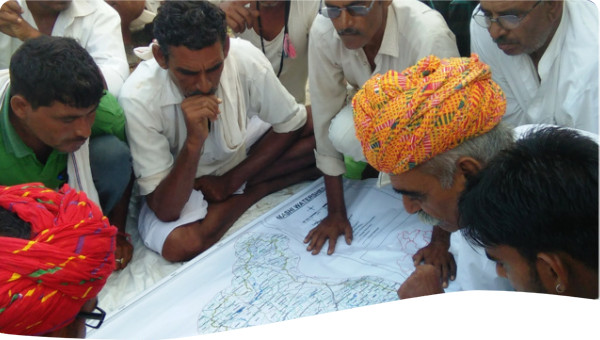In countries like India, where the population pressure is continuously increasing, land and water resources are limited and their wide utilization is imperative. Drainage basins, catchments and sub catchments are the fundamental units for administrative purposes to conserve natural resources. The catchment management concept recognizes the interrelationships among the linkages between uplands, low lands, land use, geomorphology, slope and soil. Soil and water conservation are the key issues in reservoir catchment management while demarcating catchments. Detailed morphometric analysis of a basin is of great help in understanding the influence of drainage morphometry on landforms and their characteristics. One of the advantages of quantitative analysis is that many of the basin parameters derived are in the form of ratios (dimensionless), thus providing an effective comparison irrespective of the scale.
Morphometric analysis of the reservoir basins is considered to be the most satisfactory method because it enables in understanding of the relationship of various aspects within a drainage basin, a comparative evaluation to be made of different drainage basins developed in different geomorphological and topographical conditions or situations. Detailed morphometric analysis was carried out using ARC- GIS for Manchanabele reservoir catchment and Nellegudde reservoir catchment of Arkavati river system. Arkavati River is the tributary of river Cauvery which covers a catchment area of 4038 sqkm. Manchanabele Reservoir and Nelligudde Reservoir is constructed across river Arkavati. Manchanabele Reservoir has an independent catchment of 152.99sq km and Nelligudde reservoir has an independent catchment of 66.64 sq km. The results of the morphometric analysis reveal that Manchanabele catchment is less elongated with high erosion and peak flow. It has a strong relief and steep ground slope. Nelligudde reservoir catchment is elongated with low soil erosion and medium peak flow. It has an average steep slope with medium relief. This study in conjunction with high resolution satellite data coupled with a geographic information system (GIS) will help to better understand the status of land forms and their process, soil erosion, drainage management and ground potential conditions for efficient reservoir catchment planning and management.

 Resource
Resource
